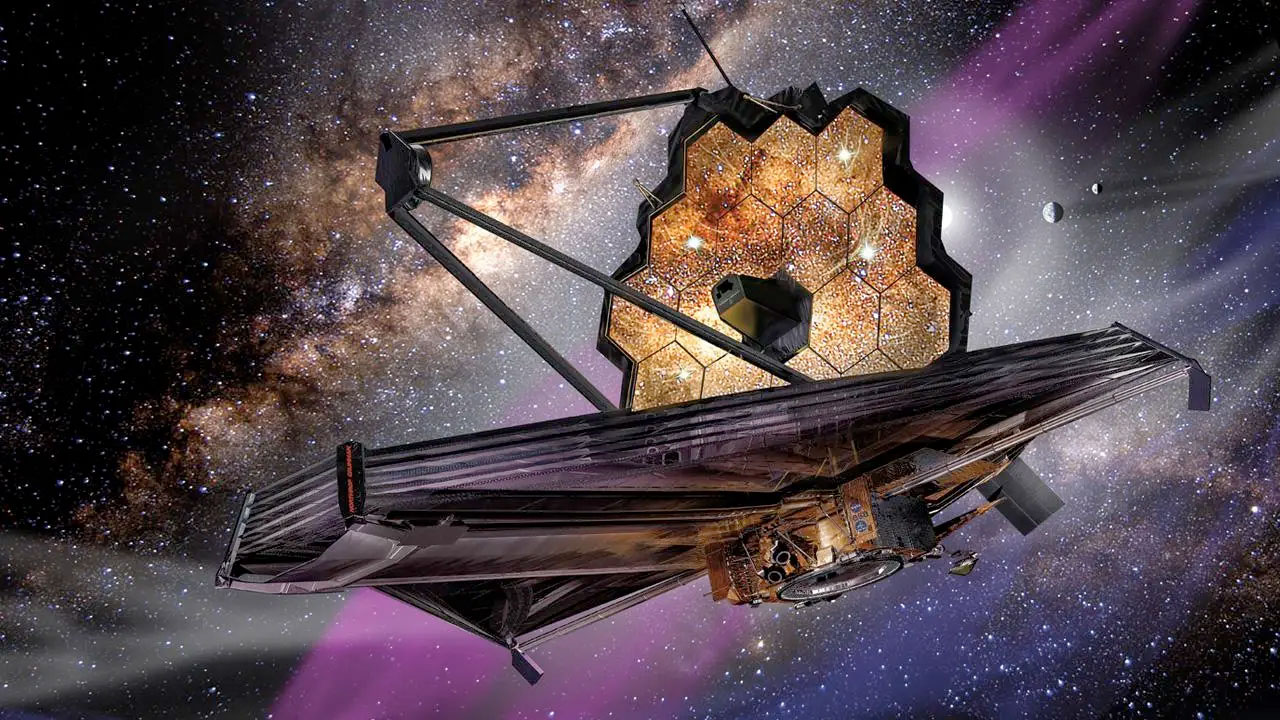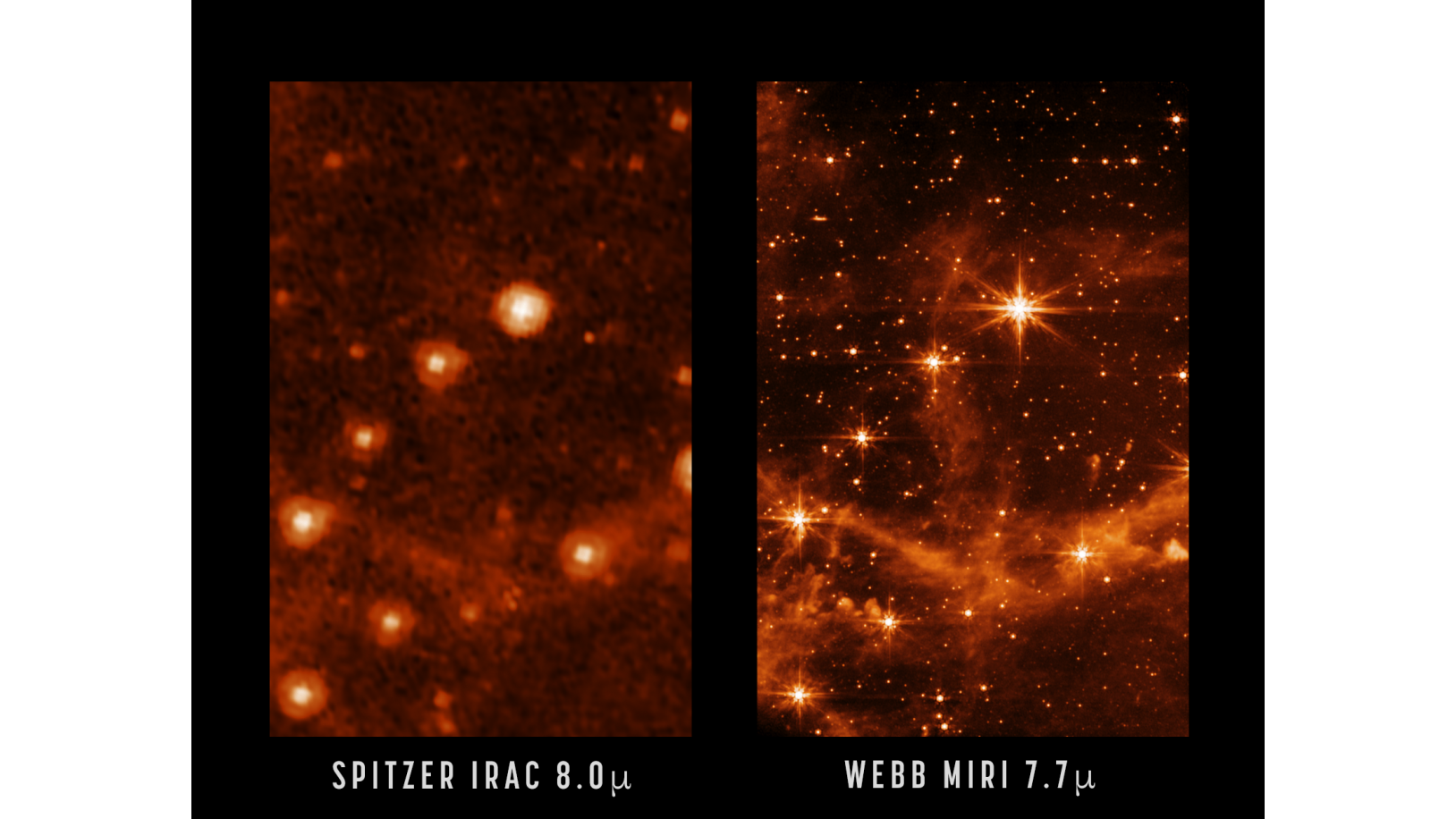James Webb Space Telescope coverage wins Pulitzer Prize for science writer Natalie Wolchover and Quanta
The award-winning Wolchover was a staff writer for Space.com's sister publication Live Science from 2010 to 2012.

Science writer Natalie Wolchover has received a 2022 Pulitzer Prize for her work at Quanta Magazine explaining the intricate story of NASA's James Webb Space Telescope, which launched in December.
Wolchover is a senior writer and editor for Quanta who has been there since the magazine's inception in 2013. From 2010 to 2012, she was a staff writer for Space.com's sister site Live Science. The Pulitzer, awarded May 9 to the magazine with a special mention for Wolchover, was given in the category of explanatory reporting.
The Pulitzer committee awarded the 2022 Prize for Explanatory Reporting "for coverage that revealed the complexities of building the James Webb Space Telescope, designed to facilitate groundbreaking astronomical and cosmological research," the organization stated.
Live updates: NASA's James Webb Space Telescope mission
Related: How the James Webb Space Telescope works in pictures
Wolchover was recovering from COVID-19 when the news came through to her. "I'm lying in bed in a COVID daze struggling to believe that this is real and not a fever dream," she joked on Twitter.
"It's a wonderful recognition for our whole team, and for the ethos of science journalism," she added of the prize-winning story, titled "The Webb Space Telescope Will Rewrite Cosmic History. If It Works."
Wolchover's tale elegantly traces the bedeviling engineering process that produced the James Webb Space Telescope, a $10 billion observatory that launched more than a decade late and very much over budget. She notes that even after launch (which took place Dec. 25, 2021; the article was published Dec. 3), Webb still had to face numerous issues during its commissioning.
Get the Space.com Newsletter
Breaking space news, the latest updates on rocket launches, skywatching events and more!
For example, she describes how the telescope was delicately folded into the rocket to be unfurled in space for the long journey to a deep-space location, where a sunshield must be executed just right to keep the telescope shielded from sun that would interfere with infrared observations.
"The sunshield is both an infrared telescope’s only hope and its Achilles heel. In order to unfurl to large enough proportions without weighing down a rocket, the sunshield must consist of thin fabric," she wrote.
After discussing Webb's tiny mass compared with a ground-based telescope, a necessity to get the groundbreaking observatory to space, she elaborated on the fabric issue further.
I'm lying in bed in a COVID daze struggling to believe that this is real and not a fever dream. I mean, holy crap. Thank you all for the nice messages!!! https://t.co/BZqYpJOkrvMay 9, 2022
"Nothing about building a giant yet lightweight infrared-sensing spacecraft is easy, but the unavoidable use of fabric makes it an inherently risky affair," Wolchover said. "Fabric is, engineers say, 'nondeterministic,' its movements impossible to perfectly control or predict. If the sunshield snags as it unfurls, the whole telescope will turn into space junk."
Happily, Webb's deployment went just fine and after nearly five straight months of commissioning in space, NASA coincidentally also announced in May that the observatory is within the 'homestretch' of the 1,000-step commissioning period. The first science images from the space telescope are expected in July.
Wolchover also notes in the article the groundbreaking research Webb will perform if all goes to plan, as it probes the early universe, seeks the first galaxies and otherwise tries to understand the forces that shaped the cosmos.

Wolchover was a staff writer at LiveScience, a sister publication of Space.com, between 2010 and 2012. Notable stories she penned for LiveScience in her last few months there included outlining the top mysteries of physics, a discussion concerning whether the Voyager 1 spacecraft had exited the solar system, and the physics of the first supersonic space dive. Wolchover also occasionally wrote for Space.com.
She holds a bachelor's degree in physics from Tufts University and studied physics at the University of California, Berkeley, according to her Live Science biography, and before the Pulitzer she won numerous other journalistic prizes. She was the 2016 winner of the Evert Clark/Seth Payne Award, an annual prize for young science journalists, and the winner of the 2017 Science Communication Award for the American Institute of Physics.
"Her work has also appeared in the The Best American Science and Nature Writing and The Best Writing on Mathematics, Nature, The New Yorker and Popular Science," her Live Science biography states.
Follow Elizabeth Howell on Twitter @howellspace. Follow us on Twitter @Spacedotcom and on Facebook.
Join our Space Forums to keep talking space on the latest missions, night sky and more! And if you have a news tip, correction or comment, let us know at: community@space.com.

Elizabeth Howell (she/her), Ph.D., was a staff writer in the spaceflight channel between 2022 and 2024 specializing in Canadian space news. She was contributing writer for Space.com for 10 years from 2012 to 2024. Elizabeth's reporting includes multiple exclusives with the White House, leading world coverage about a lost-and-found space tomato on the International Space Station, witnessing five human spaceflight launches on two continents, flying parabolic, working inside a spacesuit, and participating in a simulated Mars mission. Her latest book, "Why Am I Taller?" (ECW Press, 2022) is co-written with astronaut Dave Williams.









